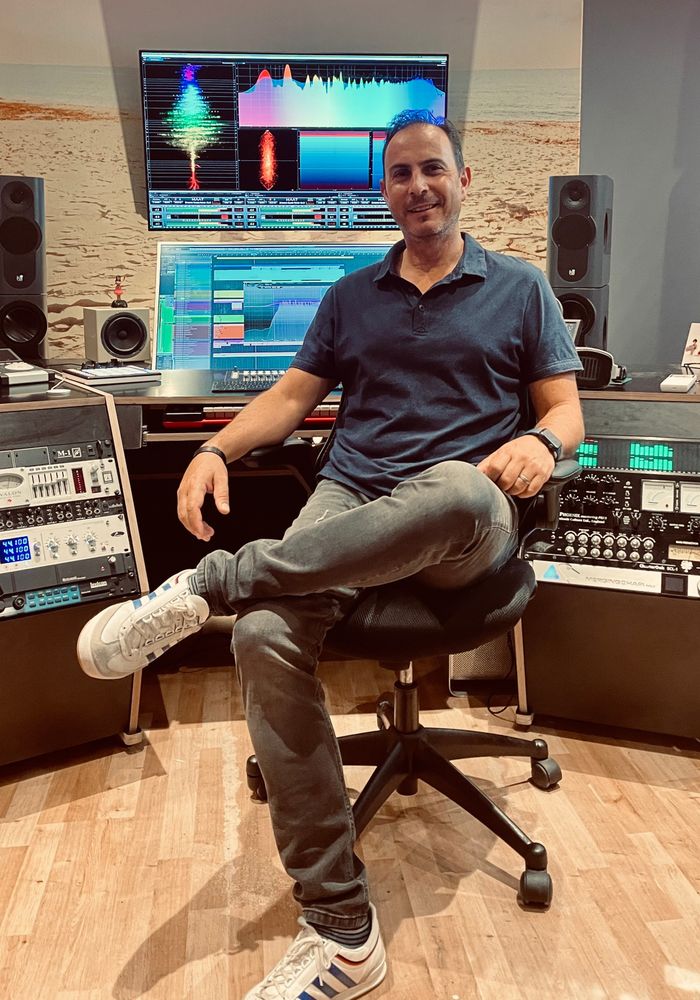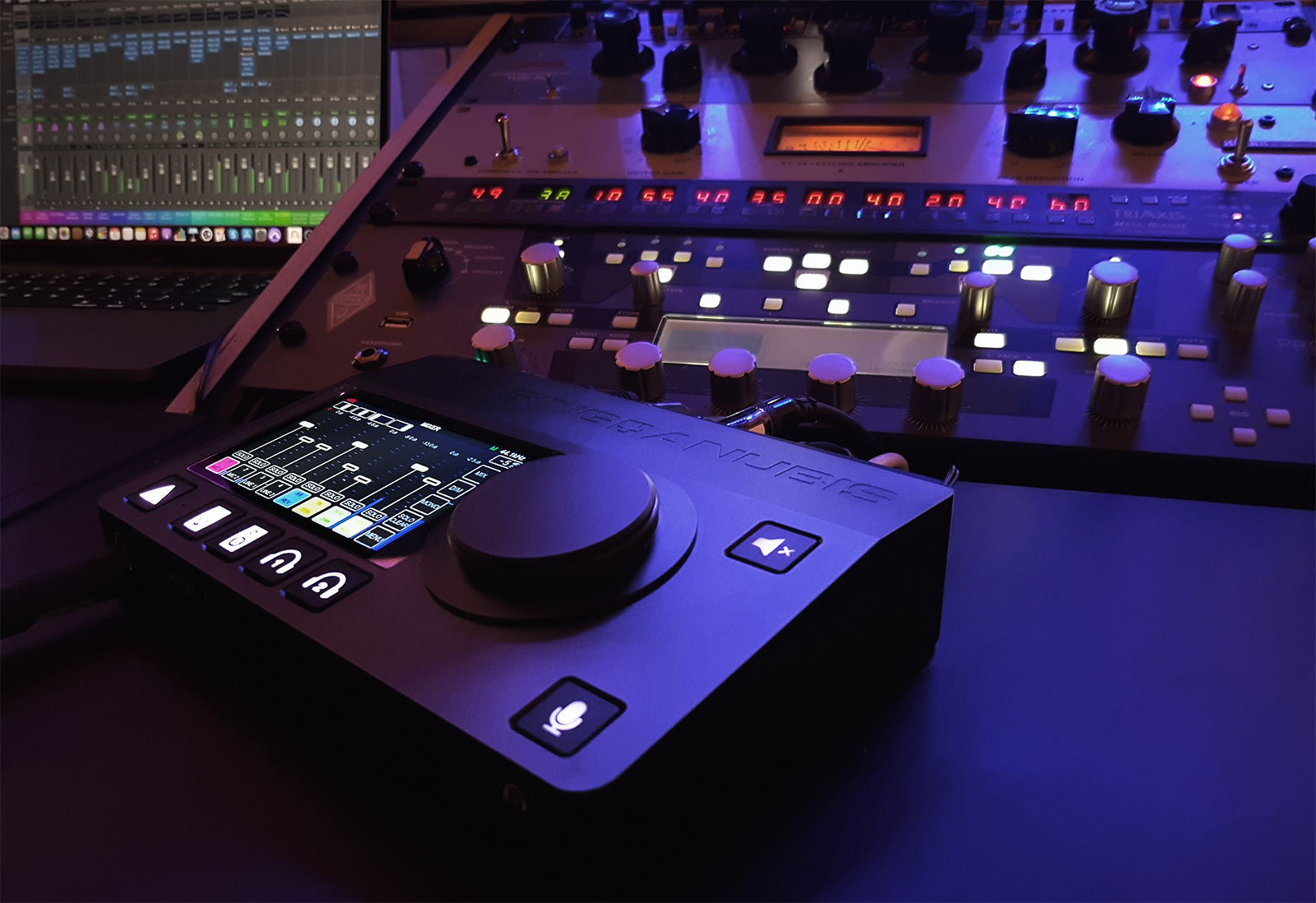Having mixed records for the likes of BTS, Tinie Tempah, Disciples, Snoop Dogg, Zayn and many others, James Reynolds has carved a reputation as one of the most talented and versatile engineers in the music business. Here, he tells Headliner about his unlikely route into the industry, mixing with the biggest pop act on the planet, and the Merging Technologies kit that is so central to his workflow…
“I came into the music industry by a weird twist of fate,” laughs James Reynolds as Headliner sits down for a Zoom chat with the revered mix engineer. “I grew up wanting to be a skier, then in my early 20s I had a bad accident and broke my leg in many places. I had to learn how to walk again, and while I was recuperating – I was very lucky, I had a grand piano at home – I started playing a lot more music. I really enjoyed making my own music, so I got a four-track machine and started recording. That got my mind whirring and thinking about how I could record things better.”
This period of musical discovery lead Reynolds to begin engineering all manner of records, eventually winding up in a Hammersmith studio recording house music with his friend Matt Schwarz.
“That was the first part of the industry I fell into,” says Reynolds. “From there I went to Brick Lane where I made lots of house records for a lot of the big DJs at the time. I did that for five or six years, and I also had my own act called Braund Reynolds. We had a song called Rocket which was big at the time. Then I made an album with my manager at the time under the name Public Symphony, that was a very Pink Floyd-inspired album and took about six years to make. We recorded, mixed it and produced it, so I was learning how to work in all these different styles as I went along.
“Then I moved to my studio in Parsons Green in about 2005. There was a management company on the other side of my studio, and I became friends with them. While I was happy being an artist I decided I could easily mix records, as I know how to write, produce and mix. I spoke to the management company, and we started pitching. One of the first pitches I did was for Tinie Tempah’s album Discovery and the song I was given to mix was Written In The Stars, so I mixed it, sent it off, and I was against two other engineers. And they initially rejected it. But as far as I can tell they may have just gone with a bigger name. But later they did a sound test somewhere on Written In The Stars mixes and they unanimously chose my mix. So, they asked me to mix the album and it went on to go double platinum.”
Crucial to Reynolds’s success has been his highly adaptable approach, moving seamlessly between projects differing vastly in style and genre. This, he explains, is something he had to learn the hard way.
“After Tinie’s album, I was like, ‘I know what I’m doing and I’m going to do things exactly as I think they should be’. As we know, music is very subjective, so one producer will want their mixes to be very bottom heavy, others will prefer an overall clean balance. So the most important thing about mixing is finding out what everyone wants, so that you have the clearest picture of what the project requires. Then you start from a really empowered position.”
Having worked with some of the biggest names in music, it isn’t easy, he tells us, to identify too many individual career highlights to date. And with Snoop Dogg, Paloma Faith, Disciples, Zayn, Tinie Tempah, Calvin Harris and a long-standing relationship with BTS to his name, it’s easy to see why.




